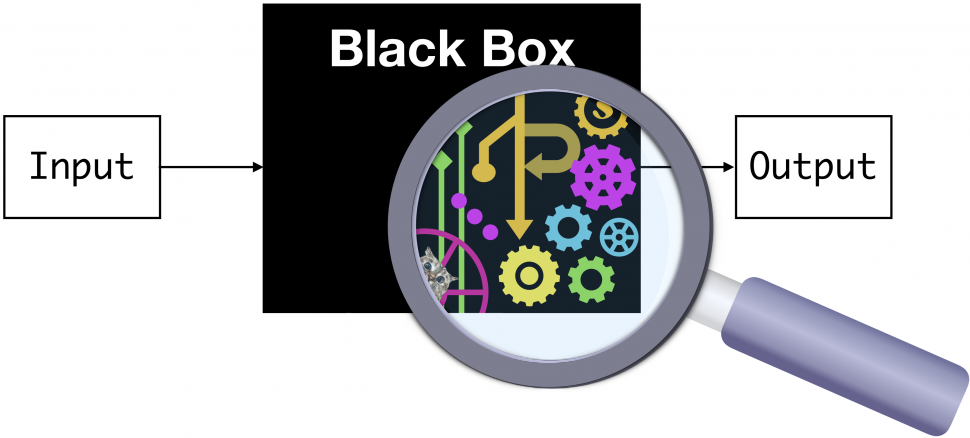- Courses
- GS Full Course 1 Year
- GS Full Course 2 Year
- GS Full Course 3 Year
- GS Full Course Till Selection
- Answer Alpha: Mains 2025 Mentorship
- MEP (Mains Enrichment Programme) Data, Facts
- Essay Target – 150+ Marks
- Online Program
- GS Recorded Course
- Polity
- Geography
- Economy
- Ancient, Medieval and Art & Culture AMAC
- Modern India, Post Independence & World History
- Environment
- Governance
- Science & Technology
- International Relations and Internal Security
- Disaster Management
- Ethics
- NCERT Current Affairs
- Indian Society and Social Issue
- NCERT- Science and Technology
- NCERT - Geography
- NCERT - Ancient History
- NCERT- World History
- NCERT Modern History
- CSAT
- 5 LAYERED ARJUNA Mentorship
- Public Administration Optional
- ABOUT US
- OUR TOPPERS
- TEST SERIES
- FREE STUDY MATERIAL
- VIDEOS
- CONTACT US
"Dispelling Population Myths Triggered by a Working Paper"
"Dispelling Population Myths Triggered by a Working Paper"
01-06-2024

Context and Misinterpretations:
- In India, discussions about religious demography, particularly Muslim population growth, are marked by sensationalism and misinterpretations. This is often influenced by the media and politicians, compromising the accuracy and integrity of these discussions.
- A recent working paper released by the Economic Advisory Council to the Prime Minister (EAC-PM), titled “Share of Religious Minorities: A Cross-Country Analysis (1950-2015)” has become the point of such misinterpretations, claiming that the growth of the Muslim population is a threat to the Hindu majority.
- It is important to critically examine the findings and interpretations of this paper, placing them in the broader context of socio-economic dynamics and demographic trends in India.
Core Misinterpretations and Flawed Assertions:
- The misinterpretation of Muslim population growth as a threat to the Hindu majority is highlighted.
- The EAC-PM paper acknowledges its limitations and emphasises the complexity of the factors influencing religious demographics.
- The paper's claim that Muslim population growth reflects minority prosperity in India is flawed, as fertility rates alone do not indicate a prosperous community.
- Instead, fertility rates reflect socio-economic conditions like access to education, healthcare, and economic opportunities.
Analysing Socio-Economic Factors and Population Growth:
- Education: Education, particularly among women, is a crucial determinant of fertility rates and overall population growth. Communities with higher levels of educational attainment tend to have lower fertility rates due to increased awareness of family planning, reproductive health, and career opportunities.
- Economic Conditions: Economic conditions also play a significant role in population growth. Communities facing economic hardship may have higher fertility rates as children are seen as potential sources of income or support in old age.
- Healthcare: Access to healthcare, including family planning services, can influence fertility rates. Communities with better healthcare access tend to have lower fertility rates due to greater control over reproductive choices.
- Cultural Factors: Cultural norms and practices can also influence fertility rates. In some communities, having large families may be seen as a sign of prosperity or social status.
|
Key Data Points
|
Misleading Interpretation of Rate of Change Analysis:
- The EAC-PM study emphasises the rate of change in the shares of different religious groups, highlighting the increase in the Muslim population's share and the decline in the Hindu population's share.
- However, focusing solely on the rate of change can be misleading without considering the absolute numbers and the historical context. The proportion of Hindus in India remains significantly larger than that of Muslims, and the overall religious composition has remained relatively stable since Partition.
Stable Religious Composition and Declining Muslim Fertility Rates:
- Research, including a 2021 report by the Pew Research Center, indicates that the proportion of India's 6 largest religious groups has remained relatively stable since Partition.
- A 2005 study projected that the Muslim population's proportion would peak at around 18.8% by 2101.
- However, recent data from the National Family Health Survey (NFHS) shows significant declines in Muslim fertility rates, suggesting that the projected peak might be even smaller.
- The delayed release of the next Census data will ultimately confirm these trends.
Conclusion and Editorial Stance:
- The discourse surrounding religious demographics in India should be based on accurate data, rigorous analysis, and a nuanced understanding of the complex factors influencing population growth.
- Sensationalism and misrepresentation, especially by the media and politicians, only serve to fuel communal tensions and hide the truth.
- It is important to promote a public dialogue that is evidence-based, respects India’s diversity, and promotes inclusive growth for all communities.
Must Check: UPSC Coaching Institute In Delhi



